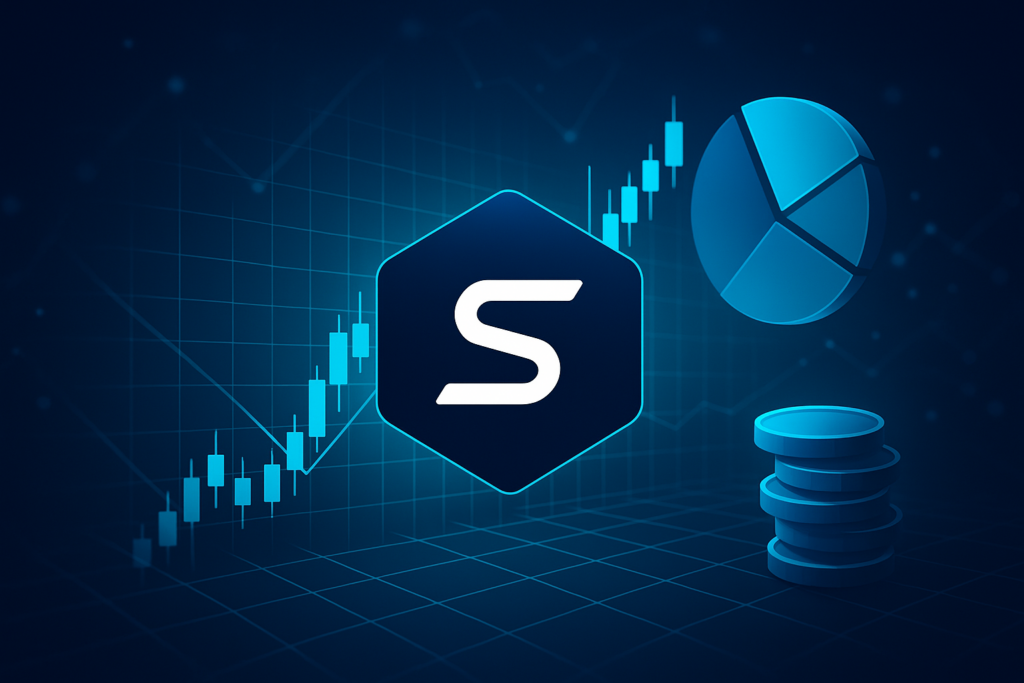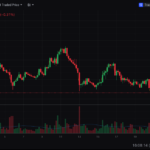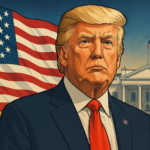Introduction
The cryptocurrency industry has rapidly evolved beyond simple spot trading. One of the fastest-growing sectors is crypto derivatives—financial contracts that derive their value from an underlying digital asset. Among the pioneers in this space, Synthetix has established itself as a leading DeFi protocol for decentralized derivatives, enabling traders to gain exposure to a wide range of assets without actually holding them.
What Are Crypto Derivatives?
Crypto derivatives work similarly to traditional financial derivatives. Instead of directly buying Bitcoin or Ethereum, traders can use contracts such as futures, options, and perpetual swaps to speculate on price movements, hedge risks, or gain leveraged exposure.
In centralized finance (CeFi), derivatives are mostly offered by exchanges like Binance, Bybit, or CME. But in decentralized finance (DeFi), protocols like Synthetix are reshaping the landscape by eliminating intermediaries.
Synthetix: The Leader in DeFi Derivatives
Launched in 2018, Synthetix has grown into one of the most important DeFi projects in the Ethereum ecosystem. The protocol allows users to mint and trade synthetic assets (“Synths”), which can represent cryptocurrencies, fiat currencies, commodities, and even stocks.
- Synthetic assets (Synths): Tokens that mirror the value of real-world assets like BTC, ETH, USD, gold, or even Tesla shares.
- Decentralized exchange (Kwenta): Built on top of Synthetix, it offers advanced trading with leverage, futures, and derivatives without the need for a central authority.
- Liquidity via SNX staking: Users stake Synthetix’s native token (SNX) to provide collateral, secure the system, and earn rewards.
Why Synthetix Matters
- Decentralization: Unlike centralized exchanges, Synthetix operates on smart contracts, removing custody risks.
- Global access: Anyone with an Ethereum wallet can trade derivatives, regardless of geography.
- Innovation: With perpetual futures and synthetic assets, Synthetix expands the trading universe beyond what’s available on traditional crypto exchanges.
- Interoperability: Synthetix has been integrating with Layer-2 solutions like Optimism, reducing fees and improving transaction speed.
Challenges and Risks
Despite its potential, Synthetix faces several hurdles:
- Competition: Other DeFi protocols (dYdX, GMX, Perpetual Protocol) are gaining market share.
- Complexity: Synthetic assets may be difficult for newcomers to understand.
- Regulation: As DeFi grows, regulators may target derivatives as high-risk financial instruments.
Future Outlook
The global derivatives market is worth hundreds of trillions of dollars, and DeFi protocols like Synthetix are tapping into this immense potential. With ongoing development, integration into Optimism, and a growing community, Synthetix could play a pivotal role in bridging traditional finance and DeFi.
Conclusion
Crypto derivatives are becoming a cornerstone of modern digital finance. Synthetix stands out as a trailblazer, offering decentralized access to synthetic assets and advanced trading strategies. While risks remain, its innovation may reshape how traders engage with crypto markets in the years to come.







